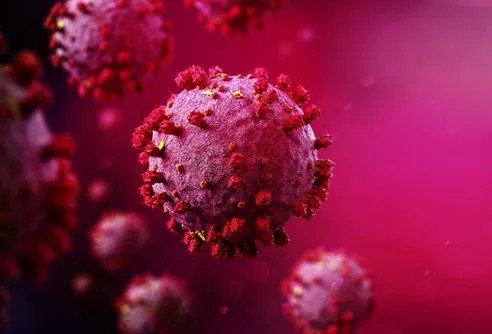The human immune defense is based on the ability of white blood cells to accurately identify disease-causing pathogens and to initiate a defense reaction against them. The immune defense is able to recall the pathogens it has encountered previously, on which, for example, the effectiveness of vaccines is based. Thus, the immune defense the most accurate patient record system that carries a history of all pathogens an individual has faced. This information however has previously been difficult to obtain from patient samples.
The learning immune system can be roughly divided into two parts, of which B cells are responsible for producing antibodies against pathogens, while T cells are responsible for destroying their targets. The measurement of antibodies by traditional laboratory methods is relatively simple, which is why antibodies already have several uses in healthcare.
"Although it is known that the role of T cells in the defense response against for example viruses and cancer is essential, identifying the targets of T cells has been difficult despite extensive research," says Satu Mustjoki, professor of translational hematology.
T cells identify their targets in a key and a lock principle, where the key is the T cell receptor on the surface of the T cell and the key is the protein presented on the surface of an infected cell. An individual is estimated to carry more different T cell keys than there are stars in the Milky Way, making the mapping of T cell targets with laboratory techniques cumbersome.
Researchers at Aalto University and the University of Helsinki have therefore studied previously profiled key-lock pairs and were able to create an AI model that can predict targets for previously unmapped T cells.
"The AI model we created is flexible and is applicable to every possible pathogen - as long as we have enough experimentally produced key-lock pairs. For example, we were quickly able to apply our model to coronavirus SARS-CoV-2 when a sufficient number of such pairs were available," explains Emmi Jokinen, M.Sc. and a Ph.D. student at Aalto University.
The results of the study help us to understand how a T cell applies different parts of its key to identify its locks. The researchers studied which T cells recognize common viruses such as influenza-, HI-, and hepatitis B -virus. The researchers also used their tool to analyze the role of T-cells recognizing hepatitis B, which had lost their killing ability after the progression of hepatitis to hepatic cell cancer.
The study has been published in the journal PLOS Computational Biology.
Tools generated by AI are cost-effective research topics.
"With the help of these tools, we are able to make better use of the already published vast patient cohorts and gain additional understanding of them," points out Harri Lähdesmäki, professor of computational biology and machine learning at Aalto University.
Using the artificial intelligence tool, the researchers have figured out, among other things, how the intensity of the defense reaction relates to its target in different disease states, which would not have been possible without this study.
"For example, in addition to COVID19 infection, we have investigated the role of the defense system in the development of various autoimmune disorders and explained why some cancer patients benefit from new drugs and some do not," says Jani Huuhtanen, a PhD student at the University of Helsinki, about the upcoming work with the new model.
Source: University of Helsinki

Be the first to comment on "Artificial Intelligence Model Predicts Which Key of the Immune System Opens the Locks of Coronavirus"